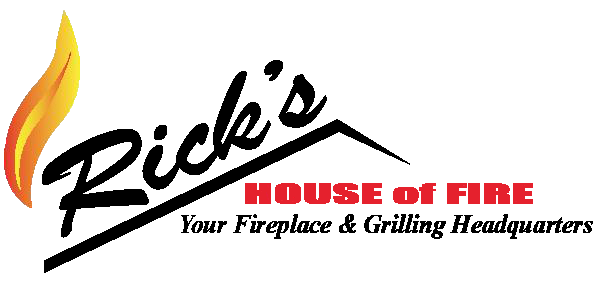Seven things you should never burn in your fireplace—and why
The fireplace looks like a handy place to dispose of unwanted combustibles, but it’s safest to burn only dry, seasoned firewood. Many items you might innocently pop into the fireplace create serious hazards.
- Don’t burn colored paper. The inks used in wrapping paper, newspaper inserts, and magazines contain metals that can give off toxic fumes when burned. Paper burns very quickly, so there is also a danger that flames may enter the chimney and ignite the creosote deposits in the flue. Balls of paper can ‘float’ up the chimney on the hot air that is rising through the chimney and ignite flammable materials outside the home.
- Never burn painted, stained, or treated wood or manufactured wood such as plywood and particle board. Chemicals in ‘salt treated’ wood, paint, or stains can produce toxic fumes when burned. Likewise, burning manufactured wood products produces toxins and carcinogens.
- Don’t use the fireplace as a household incinerator. A toxic cocktail of fumes can result from burning items like pizza boxes printed with colored inks, Styrofoam cups, plastic wraps, and remnants of household products in “empty” containers.
- Never burn plastics or chemicals because, again, the fumes may be toxic.
- Never use accelerants like gasoline, kerosene, or barbecue lighter fluid to start a fire in your fireplace. These highly flammable substances can produce unexpectedly large flare-ups.
- Don’t burn coal or charcoal in your fireplace. These fuels burn much hotter than wood and may exceed the temperature levels that are safe for your fireplace and chimney. They also produce much more carbon monoxide–a colorless, odorless gas that can kill—than wood does.
- Don’t burn the Christmas tree or other evergreen decorations. Dry evergreens are loaded with resin that burns very quickly and ‘pops’ producing embers that can rise through the chimney and start chimney fires.
For safety’s sake, put the ashes from your fireplace in a metal container with a lid. After your fire goes out, and the coals have cooled, use your shovel to put the ashes in a metal ash bucket with a lid—just in case there’s still a live coal among the ashes.
